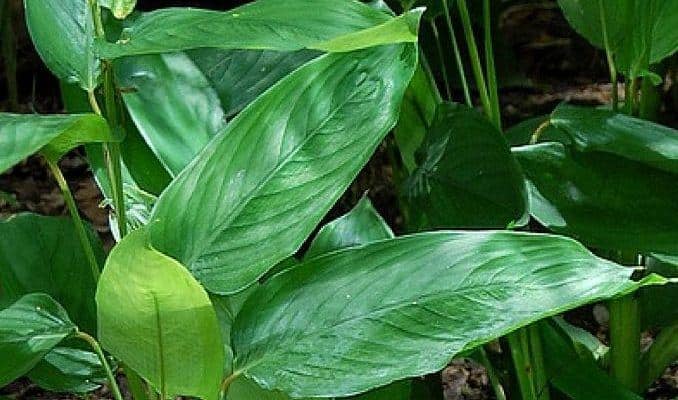YUQUILLA,ARROWROOTS
HERBÁCEA NATIVA DE FLORES BLANCAS Y HOJAS CON PECIOLO LARGO.SE CULTIVABA EN EL BARRIO CHARCAS,PARA USO DEL HOGAR.SE USAN SUS RAICES.SE OBTIENE DE LOS TUBERCULOS ALMIDÓN
.
USOS
The flavorless arrowroot is used as a non-irritating, nutritious diet for people with certain chronic diseases, during recovery from an illness, or for certain internal irritations including bladder irritation.
Arrowroot has been used as an infant formula in place of breast milk or to help the baby adjust after weaning. A jelly made from arrowroot is often preferred by recently weaned infants to infant cereal or other farinaceous foods. Compared to other starches, arrowroot is believed to be the easiest to digest.
Because of its demulcent properties, the herb has been used as a treatment for various bowel complaints.
It is believed that the herb is an effective treatment for poisoned wounds, including scorpion stings, snake bites, and spider bites. Additionally, arrowroot has been used to treat gangrene.
Fresh arrowroot juice mixed with water, if drunk, is said to be an antidote to vegetable poisons.
The plant is used as an herbal remedy to alleviate nausea and to replenish nutrients lost through diarrhea and vomiting.
Used as a foot powder to combat excess moisture that may lead to athlete’s foot or other foot problems. Arrowroot does not have antifungal properties, so its use is restricted to moisture control alone
For use in infant formula or those needing a non-irritating diet, boil approximately one tablespoon of arrowroot in a pint of water or milk. The resultant jelly can be seasoned in any way desired.
The powder can be mixed with milk, water, or juice to take internally or it can be cooked in a number of dishes including soups and stews.
The most effective dose for therapeutic purposes is unknown, though arrowroot is considered safe to take in large quantities.

Potential Side Effects of Arrowroot
As with any herbal remedy, caution should be exercised when taking arrowroot. While a doctor should always be consulted before using herbal remedies, use special caution before giving it to children, pregnant or nursing mothers, or anyone with kidney or liver disease.If considering arrowroot for an infant formula, consult the child’s pediatrician first and monitor closely for allergic reactions.
There are no known side effects linked to arrowroot, and it is not known to have any adverse interactions with drugs or chemicals in food.
When using the herb to alleviate diarrhea, it should not be taken with any other medication or supplement for diarrhea, as this may lead to constipation.
PREHISTORIA DE LA YUQUILLA
Radio-carbon dating has established that M. arundinacea was one of the first plants domesticated in prehistoric South America. Arrowroot, along with leren (Calathea allouia), squash (Cucurbita moschata), and bottle gourd (Lagenaria siceraria) became cultivated plants in northern South American and Panama between 8200 BCE and 5600 BCE.[10] Some archaeologists believe that arrowroot was first used by Native Americans not as food but as a poultice to extract poison from wounds caused by spears or arrows.[11]
Evidence of the use of arrowroot as food has been found dating from 8200 BCE at the San Isidro archaeological site in the upper Cauca River valley of Colombia near the city of Popayán. Starch grains from arrowroot were found on grinding tools. It is unclear whether the arrowroot had been gathered or grown, although the elevation of the site of 1,700 metres (5,600 ft) is probably outside the normal range of elevations at which M. arundinacea grows in the wild. Thus, the plant may have been introduced at San Isidro from nearby lowland rain forest areas in a pioneering effort to cultivate it. Stone hoes for cultivation of plants have been found which date as old as 7700 BCE in the middle Cauca valley, 150 kilometres (93 mi) north of San Isidro.[12]
Domestication of arrowroot at these early dates was probably on a small-scale with gardens of only a few plants being planted in alluvial soils near streams to ensure the steady supply of moisture needed during the growing season by arrowroot and other similar root crops. The exploitation of arrowroot foot was probably complicated by the difficulty of extracting the starch from the fibrous roots. The roots must first be pounded or ground then soaked in water to separate the starch from the fibers. The starch is excellent for digestibility.[13]







Comentarios
Publicar un comentario